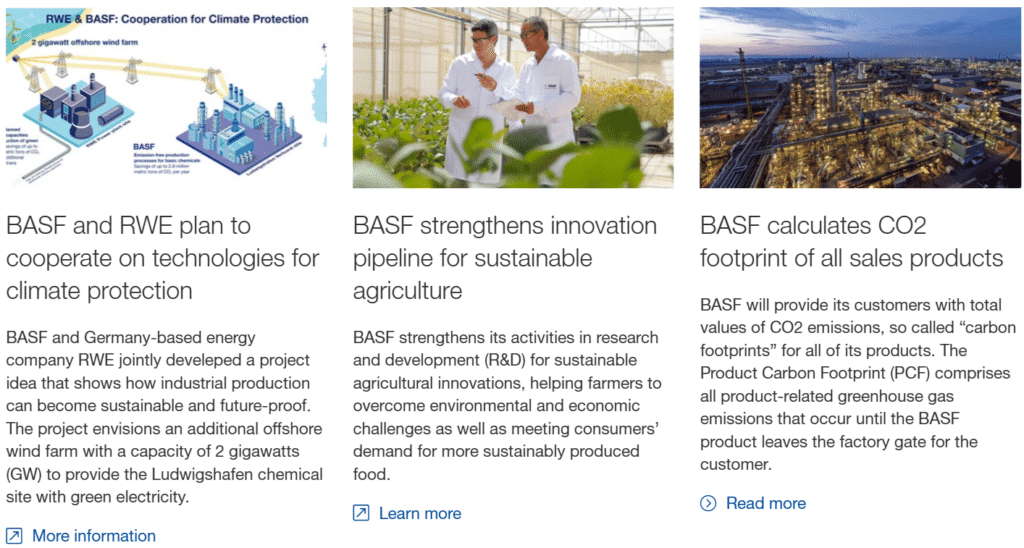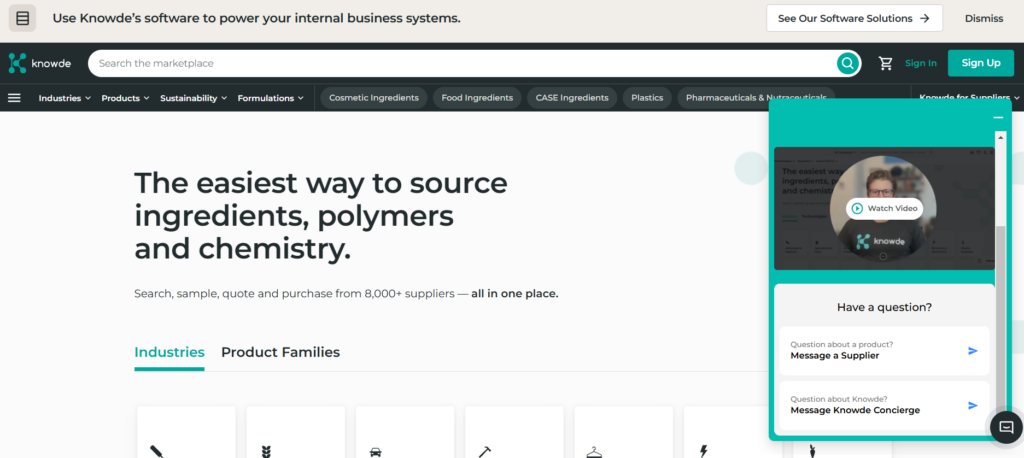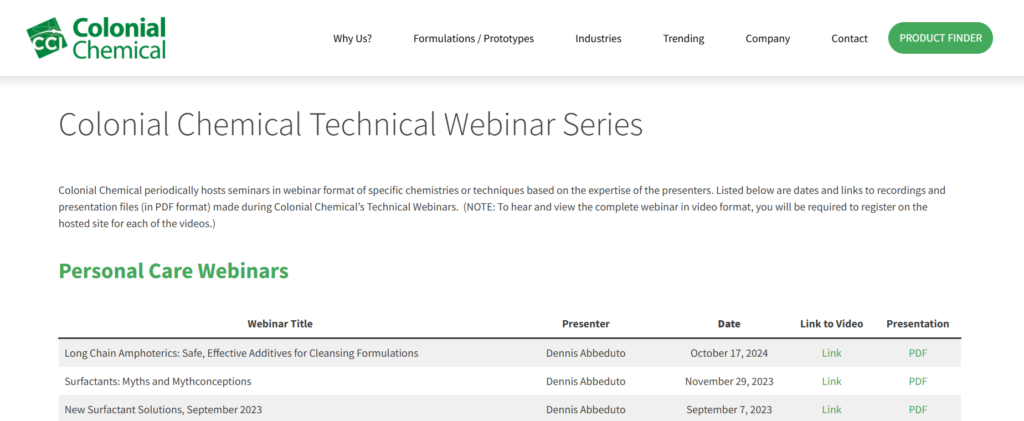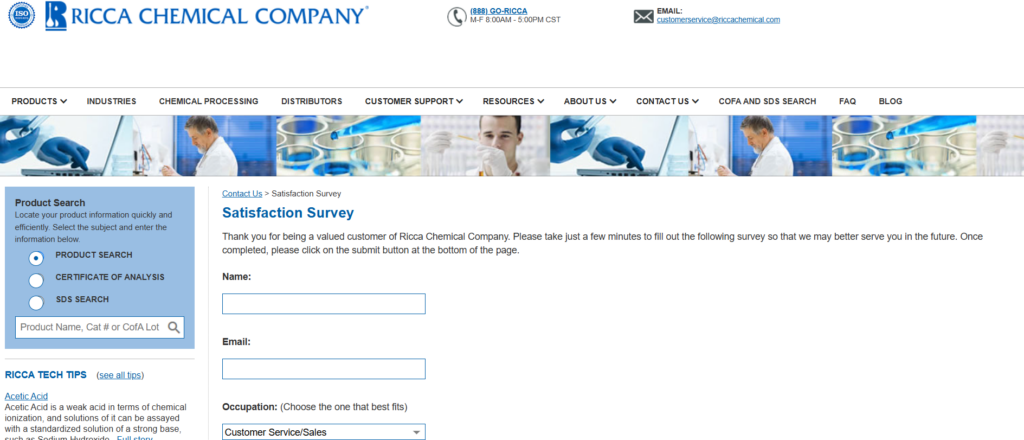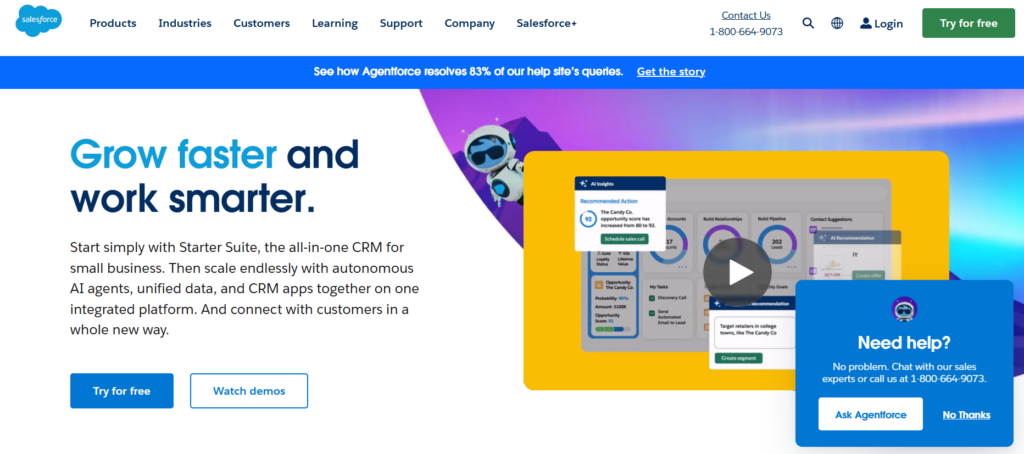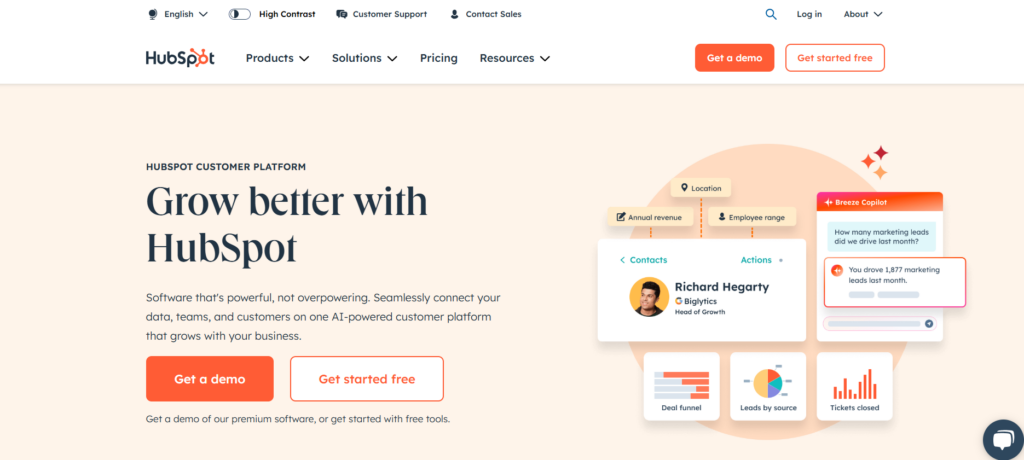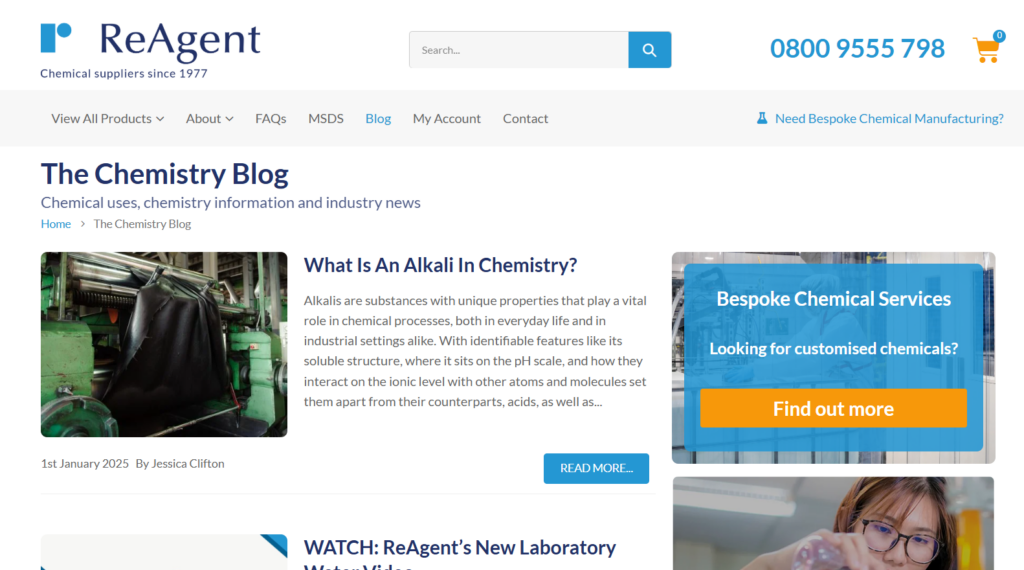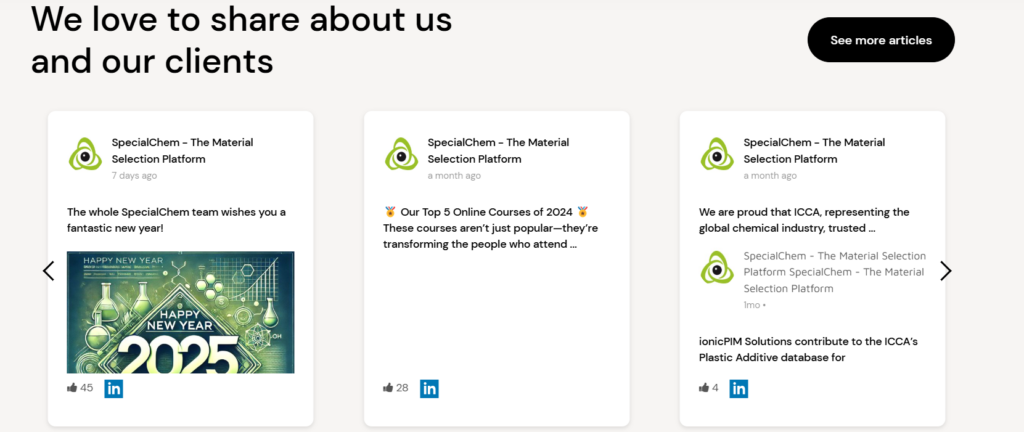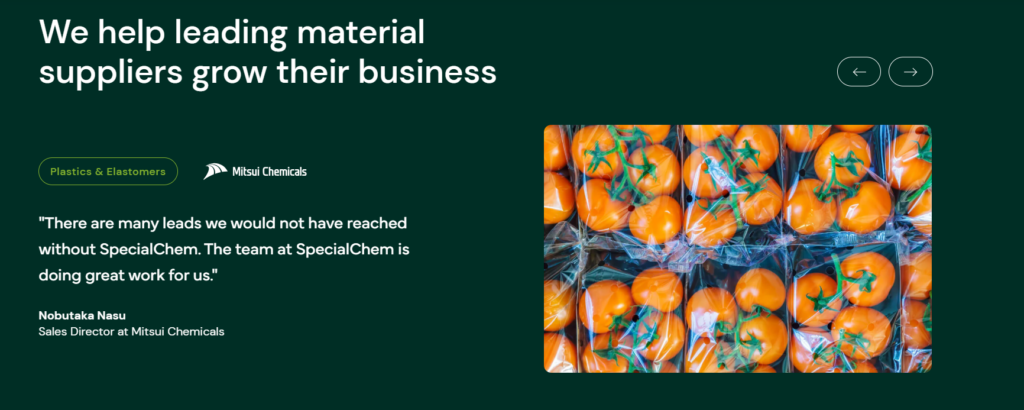Have you ever noticed how some companies always seem to know exactly what you need before you do? Whether it’s a personalized email about a new product or a perfectly timed ad, that’s the power of digital marketing in action. And in an industry as complex and competitive as specialty chemicals, getting it right is more important than ever.
For chemical companies, digital marketing has become essential, being the bridge to new markets, stronger customer relationships, and long-term growth. With the rise of e-commerce, data-driven tools, and sustainability becoming a top priority, the way chemical businesses market their products is undergoing a complete transformation.
In this blog, we’ll dive into the key trends shaping digital marketing in the chemical industry for 2025, the strategies you can use to stay ahead, and how to address the challenges unique to this industry. Ready to explore what’s next for chemical marketing? Let’s get started.
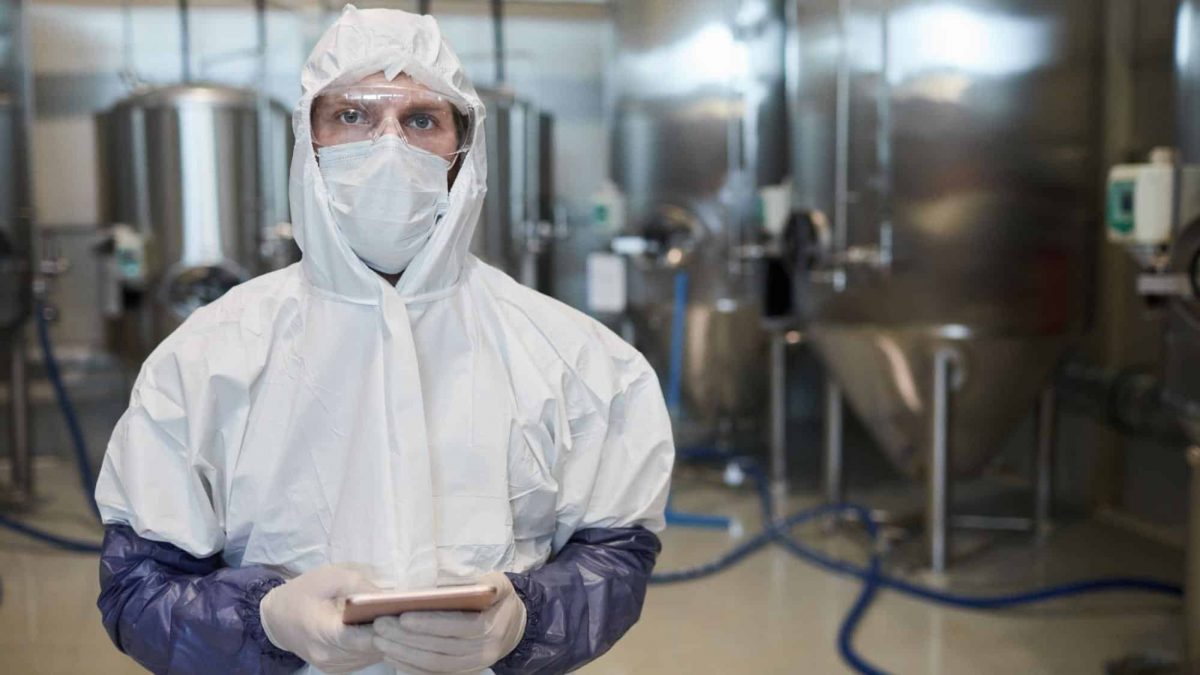
Digital Marketing in the Chemical Industry: Trends and Strategies for 2025
The Digital Revolution in the Chemical Industry
The chemical industry is going through a big shift. While areas like production have been quick to adopt new technology, marketing and sales have been slower to catch up. That’s starting to change.
After the pandemic, digital efforts in the industry sped up by 56%, showing how important digital tools have become for reaching new customers and making processes more efficient. Experts predict the chemical market will grow to $61.7 billion by 2030, with a growth rate of 21.4% each year.
Because of the prospect demographics, contract value, and sales cycle, chemical companies still need to rely on traditional tactics like trade shows, printed catalogs, and face-to-face meetings to do business. But it is inevitable that your customer will (or at least expect) to interact with you online at some point.
Digital marketing has introduced exciting new ways to connect, like using e-commerce platforms to reach buyers worldwide or analyzing data to better understand what customers need. Plus, these strategies often cost less while delivering more impact.
This isn’t just about using new tools—it’s about finding smarter ways to communicate, build trust, and grow in a digital world.
Trends Driving Digital Marketing in 2025
1. Emphasis on Sustainability and ESG
In an era where sustainability is no longer optional, chemical companies face growing pressure to demonstrate their commitment to Environmental, Social, and Governance (ESG) standards. The industry’s high contribution to CO2 emissions places it under scrutiny, and digital tools are now essential in achieving and showcasing ESG goals.
- Automating ESG Reporting: Companies can use software to collect, analyze, and report sustainability data. This not only ensures compliance but also improves transparency.
- Eco-Friendly Branding: Highlighting green initiatives, such as using renewable energy or reducing waste, positions companies as responsible leaders in the sector.
- Customer Trust Through Transparency: Sharing verified data and success stories about ESG efforts resonates with eco-conscious buyers and helps secure long-term partnerships.
By integrating sustainability into their digital marketing, chemical companies can differentiate themselves in a competitive landscape while addressing customer and regulatory demands.
2. Rise of E-commerce and Platforms
E-commerce is transforming how chemical companies sell and distribute their products. Specialized platforms tailored to the industry streamline transactions and make it easier for businesses to connect with buyers globally.
- Expanding Market Reach: By going digital, even smaller companies can access global markets and compete on a larger scale.
- Streamlined Processes: Buyers can compare prices, review technical data, and place orders—all in one platform, reducing procurement time.
- Cost Savings: E-commerce minimizes the need for physical distribution channels and intermediaries, reducing operational costs.
Several platforms have emerged as key players in reshaping how chemical companies conduct business online. Here are examples of notable platforms and their key features:
Platform | Key Features |
Marketplace for specialty chemicals and polymers, offering digital storefronts for suppliers. | |
E-commerce giant offering chemical suppliers access to global markets. | |
Offers a curated product portfolio with technical support and seamless online ordering. | |
Digital platform combining chemical distribution with advanced inventory management tools. |
E-commerce platforms enable chemical companies to modernize their sales approach, offering convenience and accessibility to both buyers and sellers.
3. Personalization and Customer Experience
Gone are the days of one-size-fits-all marketing. Even in the B2B space, customers now expect experiences tailored to their specific needs, similar to what they encounter in the B2C world.
- AI-Driven Personalization: Advanced analytics enable companies to recommend products based on customer behavior and purchase history.
- Seamless Online Interfaces: User-friendly portals, intuitive navigation, and real-time support simplify the buying process, enhancing satisfaction.
- Proactive Engagement: Marketing automation tools such as HubSpot or Marketo, ensure that customers receive timely updates, offers, and follow-ups, strengthening relationships.
By focusing on personalization, chemical companies can build trust, foster loyalty, and drive repeat business.
4. Integration of Artificial Intelligence (AI) and Machine Learning
AI and machine learning are transforming marketing from reactive to predictive. These technologies allow chemical companies to:
- Forecast Demand: Analyze historical data and market trends to anticipate customer needs and ensure timely product availability.
- Identify Opportunities: Spot emerging markets or under-served customer segments with precision.
- Optimize Campaigns in Real-Time: AI tools can adjust marketing strategies instantly, based on performance metrics and customer responses.
To achieve these capabilities, companies are turning to innovative tools and platforms. Here are some examples:
Tool/Platform | Key Features |
Tracks competitor activity and market changes using AI. | |
Provides customer segmentation and advanced B2B data insights. | |
Offers predictive modeling and big data analytics. | |
AI-powered chatbot for real-time customer engagement. | |
Marketo Engage | Automates campaigns with AI-based personalization and optimization. |
With these tools, chemical companies can refine their marketing strategies, improve customer engagement, and make informed decisions for sustainable growth.
5. Virtual Reality (VR) and Augmented Reality (AR)
Technologies like VR and AR are particularly valuable in industries with complex products, like chemicals. They provide a way to simplify technical details and create memorable experiences:
- Immersive Demonstrations: Show customers how products work in real-world applications without physical samples.
- Virtual Plant Tours: Give prospects a behind-the-scenes look at your manufacturing facilities, boosting credibility and trust.
- Interactive Webinars: Add a layer of engagement to digital events, making them more appealing and effective.
When trade shows or in-person demonstrations aren’t feasible, VR and AR bridge the gap, offering unique ways to connect with customers.
These trends highlight how digital marketing is reshaping the chemical industry, enabling companies to stay competitive in an increasingly dynamic market. By embracing these advancements, businesses can improve efficiency, enhance customer experiences, and drive sustainable growth.
6 Core Strategies for Chemical Industry Marketing
1. Data-Driven Market Research
Successful marketing relies on understanding your audience, and for chemical companies, this involves diving deep into customer behaviors and market trends. Data-driven insights ensure campaigns are both relevant and impactful.
- Segmentation: Divide your audience into meaningful groups based on factors such as industry type, company size, or specific challenges. For example, a coatings manufacturer might create distinct campaigns for automotive and construction clients.
- Customer Feedback: Use surveys, interviews, and direct feedback channels to understand customer pain points. Insights from reviews or testimonials can reveal gaps in your offerings or opportunities for innovation.
- Predictive Insights: Leverage advanced data analytics to anticipate market shifts and changing customer needs. Predicting demand for sustainable materials, for instance, allows for proactive positioning as an industry leader.
By aligning marketing efforts with real data, chemical companies can target their resources more effectively and see measurable results.
2. Digital Tools and Automation
Digital tools and automation are critical for streamlining operations while maintaining a personalized approach. These solutions help companies save time, improve accuracy, and optimize engagement with prospects.
- CRM Platforms: Tools like Salesforce centralize customer data, ensuring seamless lead tracking and better engagement. Teams can track the buyer journey, ensuring prospects receive relevant information at each stage.
- Marketing Automation: Platforms such as HubSpot automate routine tasks like email follow-ups, lead scoring, and campaign scheduling. This consistency supports scalable strategies for specialty chemical sales while allowing teams to focus on strategic growth.
- Analytics Tools: Real-time tracking tools monitor campaign performance, highlighting which strategies work best. For specialty chemical sales, analyzing customer behavior and engagement metrics helps refine targeting for better results.
With automation handling repetitive tasks, marketing teams can focus on building relationships and crafting high-impact campaigns.
3. Content and SEO Optimization
High-quality content is a cornerstone of modern marketing, especially in a technical industry like chemicals. Creating educational, engaging, and optimized content establishes credibility and attracts the right audience.
- Thought Leadership: Publishing blogs, white papers, and case studies that address industry challenges builds authority.
- Interactive Media: Videos, infographics, and webinars make complex topics more accessible to both technical and non-technical audiences. A demo video showcasing your product in action can be a powerful sales tool.
- SEO Strategies: Optimizing content with industry-specific keywords ensures higher search engine visibility. For example, targeting terms like “sustainable adhesives supplier” can attract customers who are actively searching for solutions.
A strong content strategy ensures that prospects find your brand, engage with your insights, and trust your expertise.
4. Account-Based Marketing (ABM)
ABM focuses on tailoring marketing efforts to high-value accounts, making it a perfect fit for the B2B chemical industry’s long sales cycles and complex deals.
- Targeted Campaigns: Develop personalized email campaigns that address the specific challenges of your high-value accounts. For example, craft an email showcasing how your solutions can reduce costs for a large manufacturer, supported by relevant data and examples.
Subject Line: Cut Costs in [Industry] with [Your Solution] Hi [Recipient’s Name], I noticed that [Recipient’s Company Name] is a leader in [specific industry or niche], and I wanted to share how we’ve helped companies like yours reduce costs while enhancing efficiency. Our [specific product/solution] has helped businesses cut costs by up to [specific % or amount], especially in [mention a relevant pain point]. Would you be open to a quick call or demo to see if this could work for you? Best regards, |
- Cross-Team Collaboration: Align sales and marketing teams to ensure consistent messaging. While sales handles direct client interactions, marketing can provide tools like customized brochures or case studies.
- Continuous Tracking: Use CRM tools to track engagement and fine-tune your approach. If a prospect engages heavily with a particular piece of content, this insight can guide follow-up conversations.
By focusing on the most promising opportunities, ABM ensures resources are used efficiently and relationships are strengthened.
5. Leveraging Social Media for B2B
Social media platforms, especially LinkedIn, are proving invaluable for chemical companies and chemical brands looking to connect with professionals and decision-makers. It’s not just about presence; it’s about building meaningful interactions.
- Sharing Expertise: Post content that showcases your expertise, such as case studies, thought leadership articles, or product application videos. This positions your company as a trusted voice in the industry.
- Targeted Ads: Use LinkedIn’s advanced targeting features to reach decision-makers in specific industries or roles. For example, targeting R&D managers or procurement officers ensures your ads are seen by the right people.
- Engagement: Participate in industry-related discussions, join relevant groups, and respond to comments on your posts. This helps foster relationships and keeps your company top-of-mind for potential clients.
Social media offers a cost-effective way to build brand awareness and stay connected with your audience in real-time.
6. Sustainability Storytelling
Today’s buyers are looking for more than just quality products—they want to know how your company contributes to a greener and more sustainable future. Storytelling humanizes these efforts and makes them relatable to your audience.
- Highlight Success Stories: Share detailed accounts of how your innovations or practices have reduced environmental impact, such as lowering emissions or improving energy efficiency. These stories add depth to your chemical marketing campaigns.
- Collaborate with Customers: Create joint case studies or co-branded campaigns with clients who have benefitted from your eco-friendly solutions. This adds authenticity to your claims.
- Visual Content: Use videos, infographics, or before-and-after images to communicate your sustainability efforts. Visual storytelling is more engaging and easier to understand than raw data.
Sustainability storytelling is a powerful way to build trust, attract like-minded clients, and differentiate your brand in an increasingly eco-conscious market.
By adopting these strategies, chemical companies can optimize their marketing efforts, strengthen customer relationships, and achieve measurable success.
Challenges in Digital Marketing for the Chemical Industry
Many chemical companies resist digital marketing, fearing disruption to traditional workflows. Demonstrating ROI, providing training, and sharing competitor successes can ease this transition. Data security is critical due to the sensitivity of customer and product information.
Robust cybersecurity, compliance with regulations like the General Data Protection Regulation (GDPR), and transparent data practices are essential for building trust. Reaching niche B2B audiences requires targeted advertising, personalized LinkedIn outreach, and engagement through virtual trade shows and webinars.
Future Outlook: 2025 and Beyond
AI and machine learning are set to revolutionize digital marketing in the chemical industry, enhancing customer segmentation, automating tasks like email follow-ups, and delivering actionable insights from big data.
Emerging trends include greater IoT integration for real-time marketing, VR and AR for immersive product demonstrations, and the expansion of digital marketplaces for specialized chemical products. As digital marketing continues to redefine the industry, these advancements offer tools to streamline operations, enhance customer engagement, and drive sustainable growth.
By adopting data-driven research, automation, and personalization while staying ahead of trends like e-commerce and AI, chemical companies can address challenges, seize new opportunities, and secure lasting success.
FAQs on Digital Marketing in the Chemical Industry
How to do Chemical Marketing?
Effective chemical marketing requires targeted B2B strategies such as data-driven market research, leveraging e-commerce platforms, optimizing for SEO, personalized outreach, and sustainability-focused campaigns to engage niche audiences and drive results.
Why is the chemical industry prioritizing digitalization?
Digitalization streamlines processes, enhances customer engagement, supports sustainability goals, and improves global reach through tools like AI, automation, and e-commerce, making operations more efficient and competitive.
What are the 7 types of chemical industries?
The seven types include basic chemicals, specialty chemicals, agrochemicals, petrochemicals, consumer chemicals, pharmaceutical chemicals, and polymers/plastics, each catering to distinct industrial and consumer applications globally.
How to increase specialty chemical sales?
Boosting specialty chemical sales involves fostering trust through personalized engagement, utilizing CRM tools, optimizing e-commerce platforms, participating in industry events, and emphasizing product benefits tailored to customer challenges and sustainability priorities.
What is B2B chemical marketing?
B2B chemical marketing focuses on promoting chemical products and services to other businesses, leveraging strategies like e-commerce, personalized outreach, and data-driven insights to meet industry-specific needs effectively.
How do chemical brands embrace sustainability?
Chemical brands adopt eco-friendly practices by reducing emissions, using renewable materials, and promoting transparency in their supply chains. Highlighting sustainability efforts builds trust and meets increasing customer and regulatory demands.

